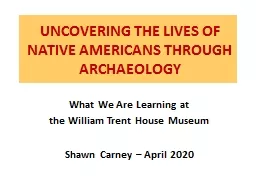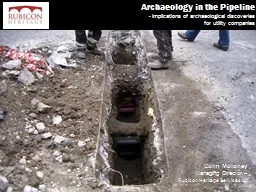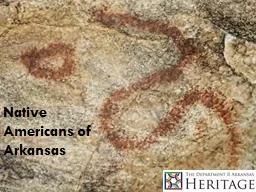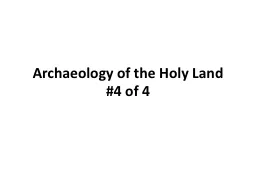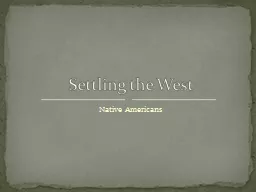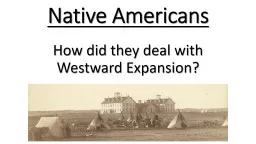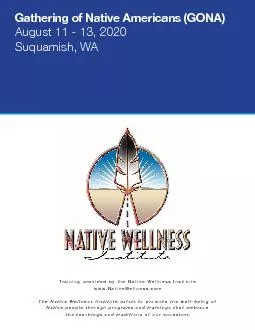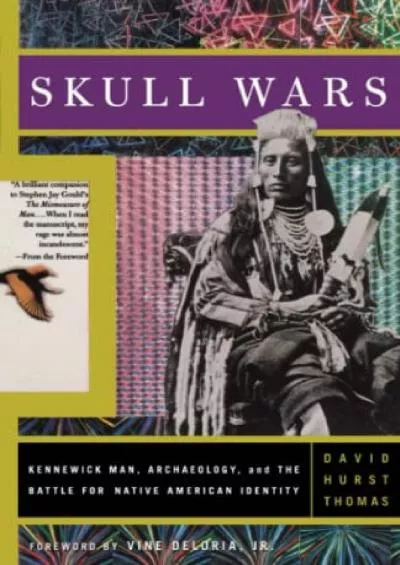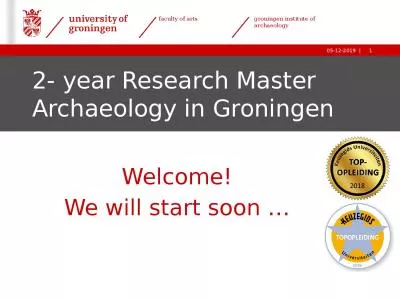PPT-UNCOVERING THE LIVES OF NATIVE AMERICANS THROUGH ARCHAEOLOGY
Author : delilah | Published Date : 2022-02-15
What We Are Learning at the William Trent House Museum Shawn Carney April 2020 Who were the Native Americans that lived on the Trent house property before Trent
Presentation Embed Code
Download Presentation
Download Presentation The PPT/PDF document "UNCOVERING THE LIVES OF NATIVE AMERICANS..." is the property of its rightful owner. Permission is granted to download and print the materials on this website for personal, non-commercial use only, and to display it on your personal computer provided you do not modify the materials and that you retain all copyright notices contained in the materials. By downloading content from our website, you accept the terms of this agreement.
UNCOVERING THE LIVES OF NATIVE AMERICANS THROUGH ARCHAEOLOGY: Transcript
Download Rules Of Document
"UNCOVERING THE LIVES OF NATIVE AMERICANS THROUGH ARCHAEOLOGY"The content belongs to its owner. You may download and print it for personal use, without modification, and keep all copyright notices. By downloading, you agree to these terms.
Related Documents

